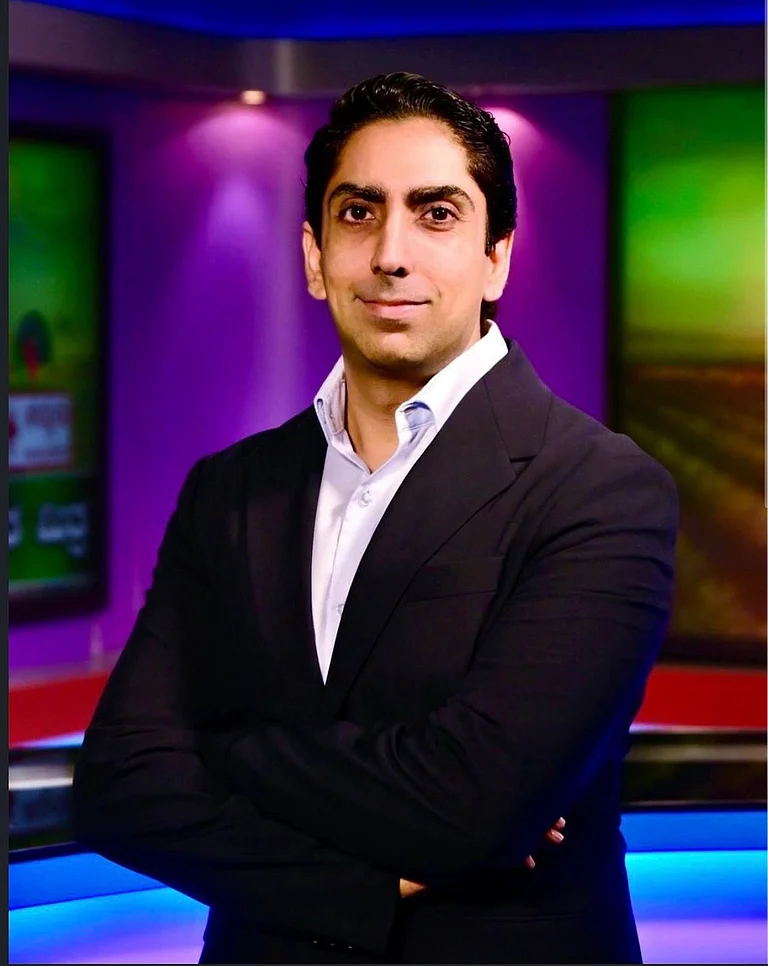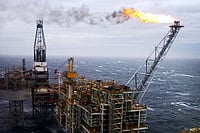The contribution of Dalit-Bahujan women in democratic and progressive politics is often systematically erased from the collective memory of the mainstream Indian political imagination. The forgetting of Dalit-Bahujan history is because there is a lack of recognition of Dalit-Bahujan women as a social category. Caste identity has doubly marginalized Dalit-Bahujan women by excluding them across the social, cultural, and political realm. Even if their presence in politics has made a useful dent in the political dynamics, their contribution is limited as something in-passing or as a matter of vote-bank equations and alignments.
Before one engages with the presence or absence of Dalit-Bahujan women in politics, there is a need to understand the social category of Dalit-Bahujan women. The Dalit-Bahujan women face hierarchies of caste, class, and gender in the public sphere. Among women, Dalit-Bahujan women are at the periphery of receiving development benefits, whether it is government schemes or benefits of women’s reservation. The Dalit women face systematic exclusion even within the legal framework as there is no acknowledgement or reporting of caste violence that they are subjected to.
The Vulnerability of Dalit-Bahujan Women in Politics
The vulnerable position of Dalit-Bahujan women is also reflected in the day-to-day governance practices and social boycott they face by the dominant caste. One such case was of a Dalit woman Sarpanch who was beaten up by upper-caste men for taking up a decision in Patiala. Similarly, there has been a reported case where the Dalit women President was forcibly made to sit on the floor in Therkuthittai Panchayat of Tamil Nadu.
The absence of Dalit-Bahujan women in politics can be largely be seen as the consequence of violent caste structures that have made Dalit-Bahujan women’s presence in Indian politics inaccessible. While the structures of patriarchy have rendered women as ‘irrational and emotional’ to make political decisions, the structures of caste-patriarchy have further seen the presence of Dalit-Bahujan women as a threat that could undermine the structures of caste hierarchies.
The political sphere is a space that gives visibility to one’s identity by empowering them to have bargaining power for their rights and dignity. If one situates the presence of Dalit women in political representation, they are hardly given any representation outside of the reserved constituencies. Even within the reserved constituencies, their representation remains minimal in comparison with men.
The Absence/Presence of Dalit-Bahujan Women
But do such absences mean that Dalit-Bahujan women do not have a political stake or are still outside the political decision-making process? It will be too naïve to assume that. The Dalit-Bahujan women did make important political contributions that are often ignored or missed out of political discourses. For example, if one looks into Kanshiram led Bahujan movement of the late 21st century, Dalit-Bahujan women have given their major contribution. The Bahujan movement witnessed the participation of Dalit-Bahujan women from stalwarts like Mayawati to other women like Sheela Rani, Nirmala Dasua, Darshana Devi, Kusum Meghwal, Rachana Devi, etc. as well, to mention a few. These women fought election and were dedicated to BSP in ensuring its electoral victory.
The Indian political imagination has failed to account for Dalit-Bahujan women beyond a handful of key figures. An ethnographic study of the active women in politics reveals their unique struggles and what political emancipation has meant for them in their everyday life. For example, Darshana Devi who fought assembly election from Mukerian constituency of Punjab in 2007 said “I along with my husband, have given our entire life to BSP politics. After my husband’s death, I struggled alone. I would manage my children, my school and party politics”. Despite the struggle, Darshana participated in the Bahujan political struggle because it gave her a worldview in which she could reinstate her dignity despite being a Dalit-Bahujan woman.
Similarly, Nirmala Dasua who fought the assembly election from Garhdiwala, Punjab, in 2002, considered electoral participation as a way to imagine a better life. Recalling her political participation, she said “I was a too simple woman to be part of the politics. It was Saheb (Kanshiram) who took me out of household chores like making dung cakes and cooking. He showed me the dream of an egalitarian society”. She considered that Dalit-Bahujan women deserved a better life than was given to them under a caste-ridden system.
The access to political positions facilitated by a political party like BSP particularly in their initial phase encouraged women for political participation. The access to the public sphere by Dalit-Bahujan women made them inclusive in the public opinion and also in the decision-making process. It allowed them to transgress domestic space. The social movement, one like the Bahujan movement facilitated Dalit-Bahujan women to come out and express solidarity with the Bahujan communities.
The Missing Narratives
While it is an undeniable fact that Dalit-Bahujan women’s political participation was very much limited up until the 1980s in North India. Unlike upper-caste women, they lacked social capital and ‘privileges’ that could have pushed them to reach the echelons of political power. However, with the rise of New Dalit-Bahujan women and the anti-caste social movement, the Dalit-Bahujan women have got new space to reimagine their identities. While their political participation remained limited but not absent. Their presence must be acknowledged as a significant entry point to unveil the historiography of Dalit-Bahujan women.
To explore the unexamined genealogy of Dalit-Bahujan women’s political participation there is a need for acknowledging the untold and undiscussed narratives of the women from the margins. The standpoint of Dalit-Bahujan women in this regard is significant as their political participation and inclusion have not been comfortably bestowed to them but it has been a long-drawn process of their contestation with the hegemonic Brahminical practices. The social difference that Dalit-Bahujan women face in their everyday life has made them the ‘transgressive subjects’ to question the structures of caste.
Dr Ambedkar in his writings and speeches emphasized the progress of women, together with the need to educate, agitate and organize. The ideological influence of Dr Ambedkar has been an enabling experience for the Dalit-Bahujan women who have politically participated in the best of their capacities. The modern views of Dr Ambedkar promoted through constitutionalism have created social consciousness among Dalit-Bahujan women. Social movements like Bahujan Andolan in North India can be considered as a big push to the socio-cultural ideas that were already set in by Dr Ambedkar.
In the contemporary political situation, with the electoral weakening of BSP, the political participation of Dalit-Bahujan women has taken a back seat. However, the New Dalit-Bahujan women are exploring the political alternatives through Azad Samaj Party and other political collusions based on Ambedkarite ideology. It is significant to mention that the roots of political awakening for Dalit-Bahujan women are ideological and socio-culturally rooted. With elections around the corner in Uttar Pradesh, a state riven with caste and vote-bank politics, the political participation of Dalit-Bahujan women needs to be understood not merely in terms of vote-bank politics but the systemic struggle that they are going through to ensure such participation.
(The author is a Dalit Bahujan PhD scholar in Sociology, Center for the Study of Social Systems from Jawaharlal Nehru University, New Delhi. Views expressed in the article are personal and may not reflect the views of Outlook Magazine)


























